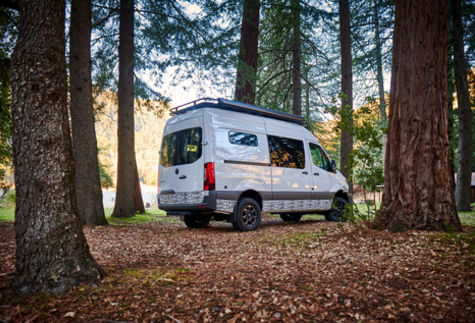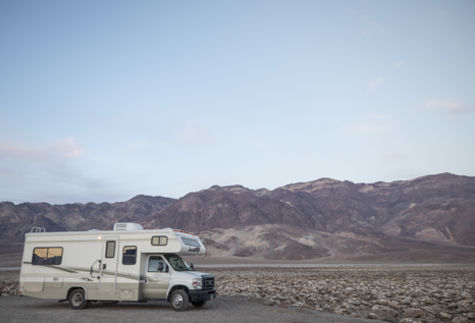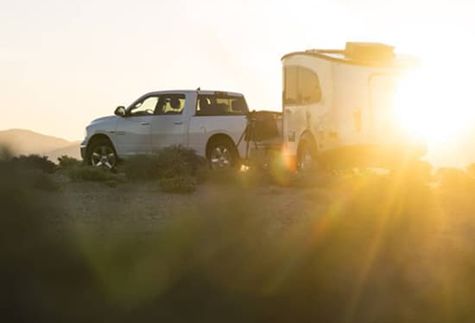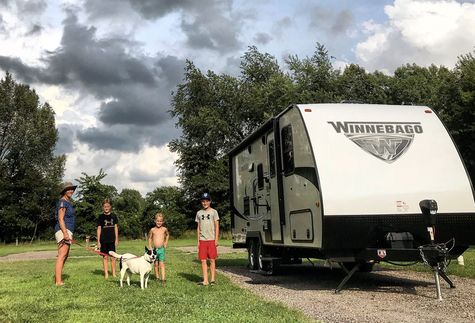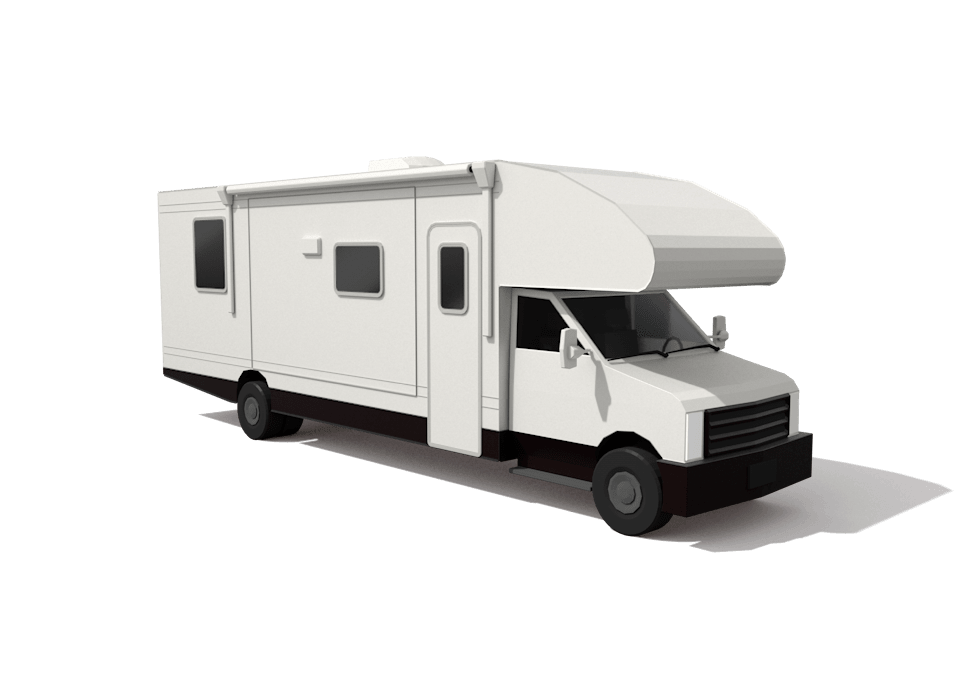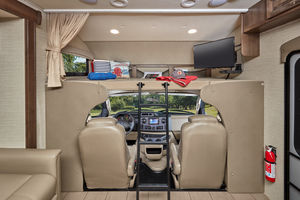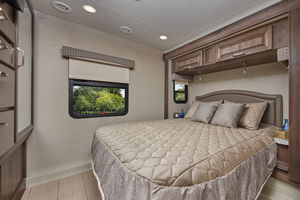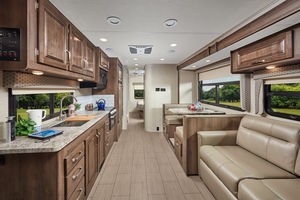Lighting
- When shooting food, make sure you have a good light source. Use natural light whenever possible.
- Natural light is best when it’s soft and diffused. Cloudy days are great. Or shoot by a window that isn’t lit directly by the sun.
- Try to avoid harsh shadows. Soft shadows are much more flattering.
Composition
- Keep backgrounds uncluttered and neutral so the focus remains on the food.
- Prop with elements that complement, not compete. A great overall rule of thumb? Keep it simple.
- Arrange the food in a pleasing way. Orderly and artful, but not perfect.
- Find the most appetizing angle for your shot: Position the camera above, below, directly on the side, and diagonally. (When in doubt, food always looks appealing when shot from above.)
- Or try a delicious close-up. Avoid the manual zoom and bring the camera closer to the food to sharpen your focus.
Shooting Food With A Smartphone?
- Try portrait mode or selective focus. It automatically blurs the background of your shot, helping to bring out every delicious detail in the foreground.
- If your food is steaming or bubbling, go for a Boomerang!
- After you get your shot, adjust the crop and check the color. Add a filter to alter the light and color saturation until you decide what works best.

